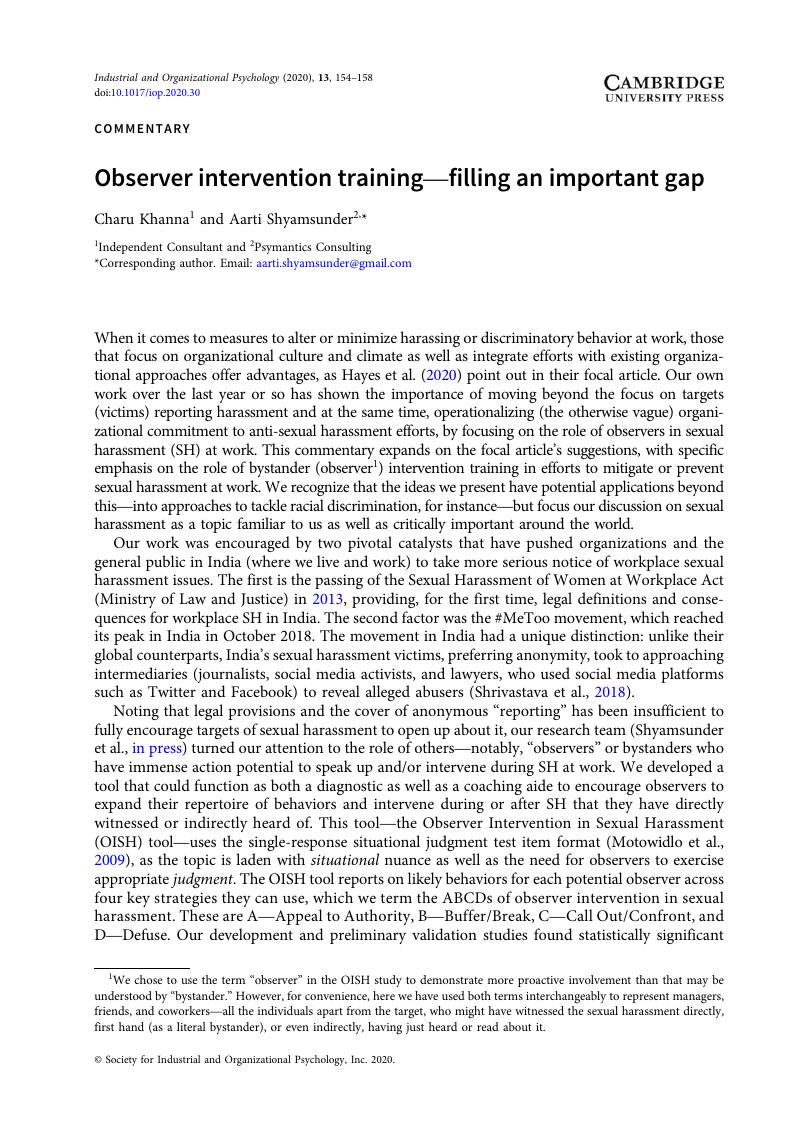Crossref Citations
This article has been cited by the following publications. This list is generated based on data provided by Crossref.
Jennings, Laura
Zhao, Kun
Faulkner, Nicholas
and
Smith, Liam
2024.
Mapping bystander intervention to workplace inclusion: A scoping review.
Human Resource Management Review,
Vol. 34,
Issue. 2,
p.
101017.



